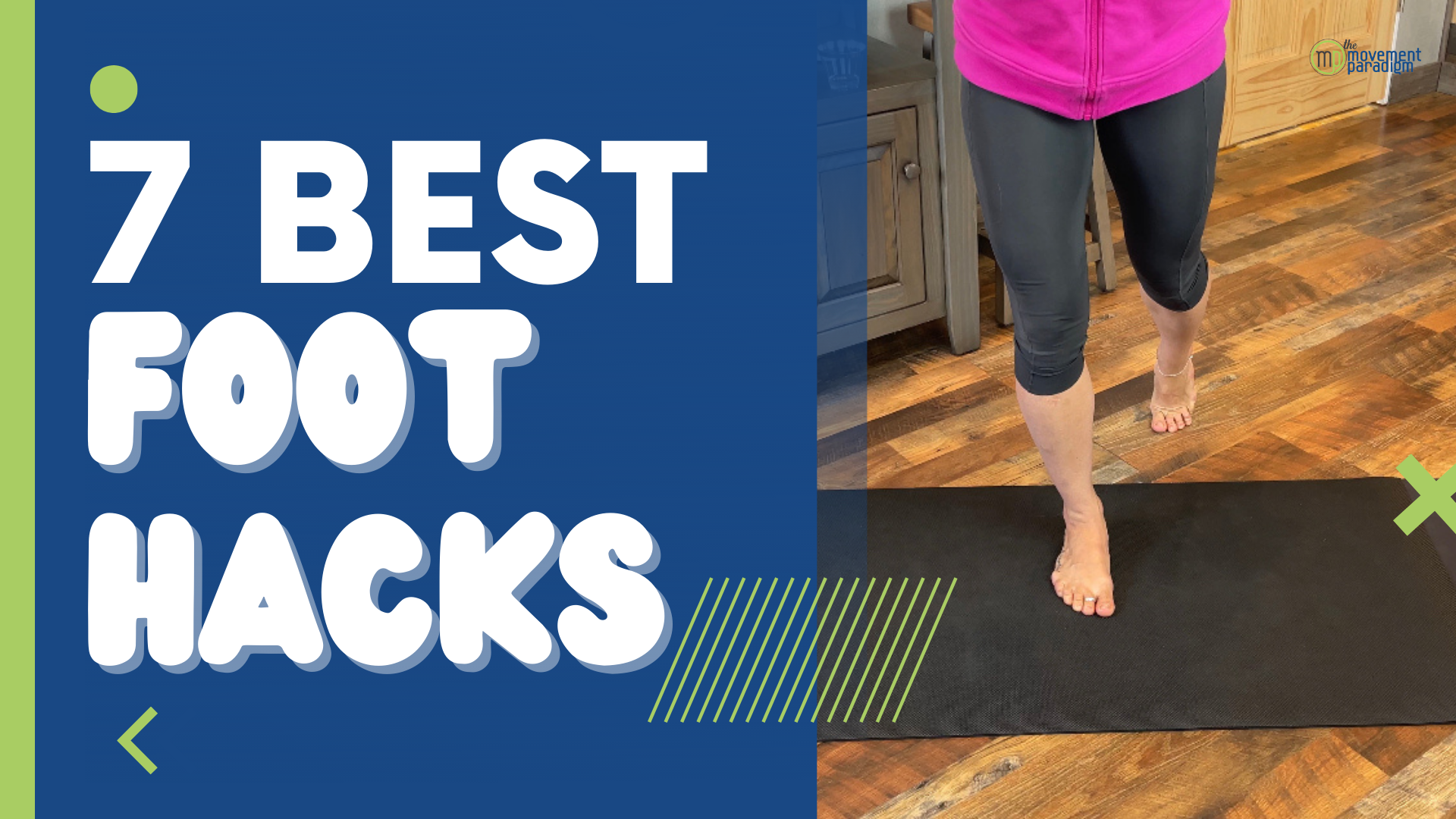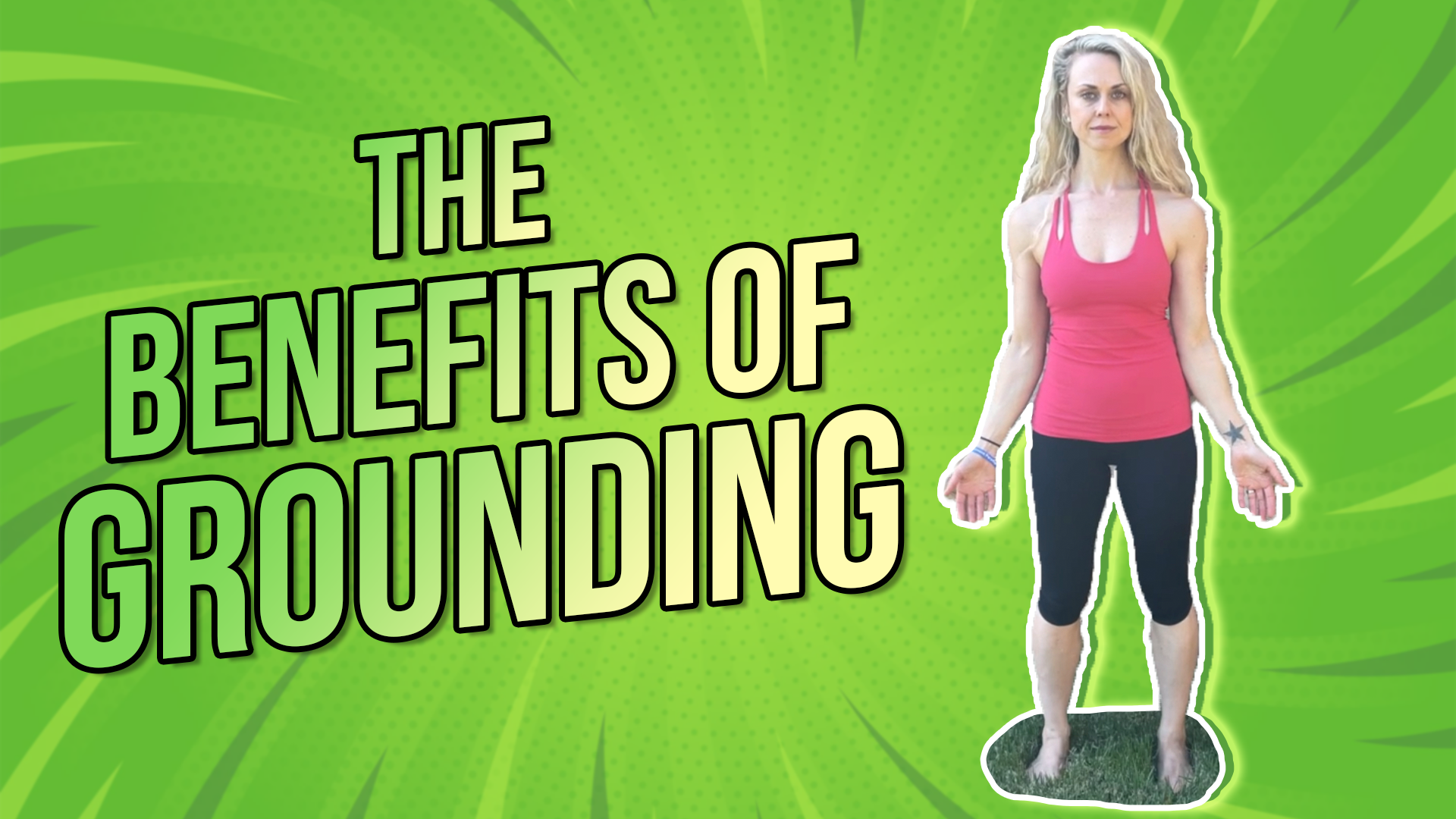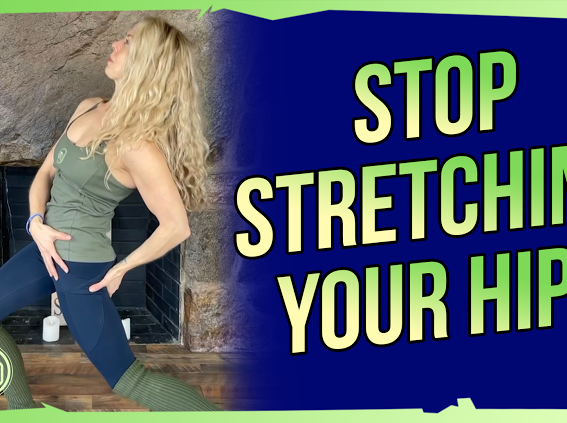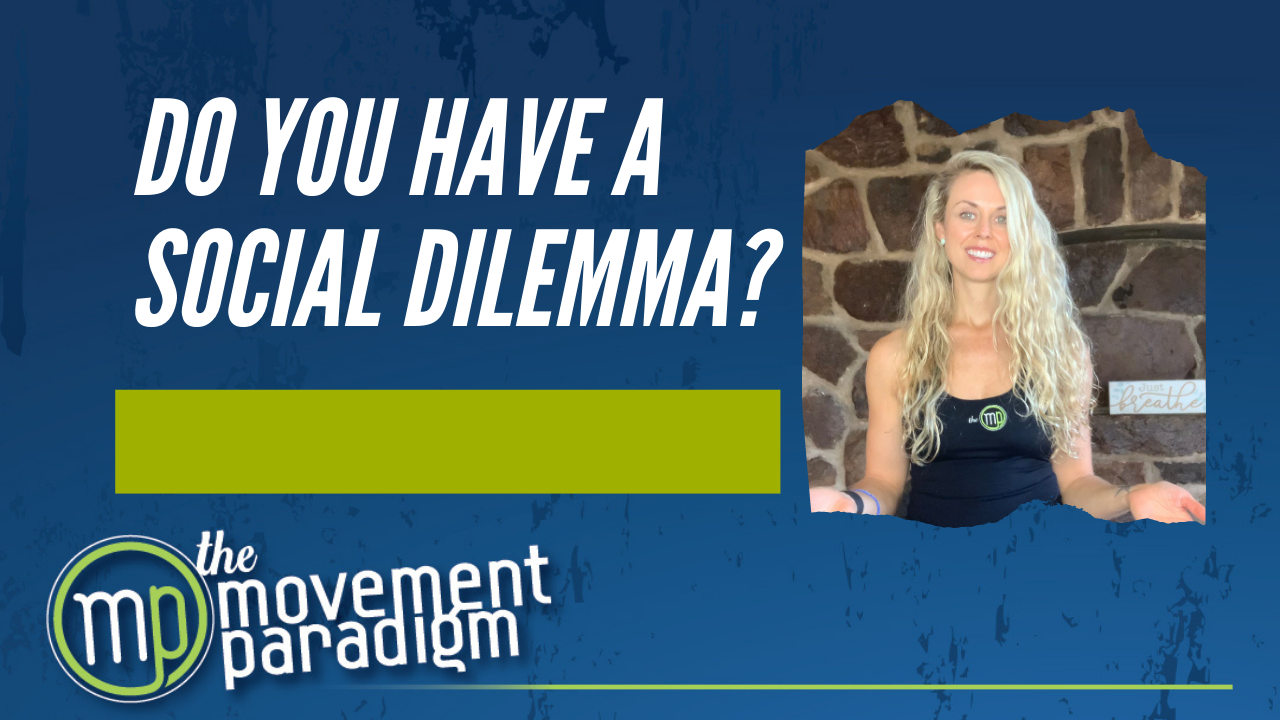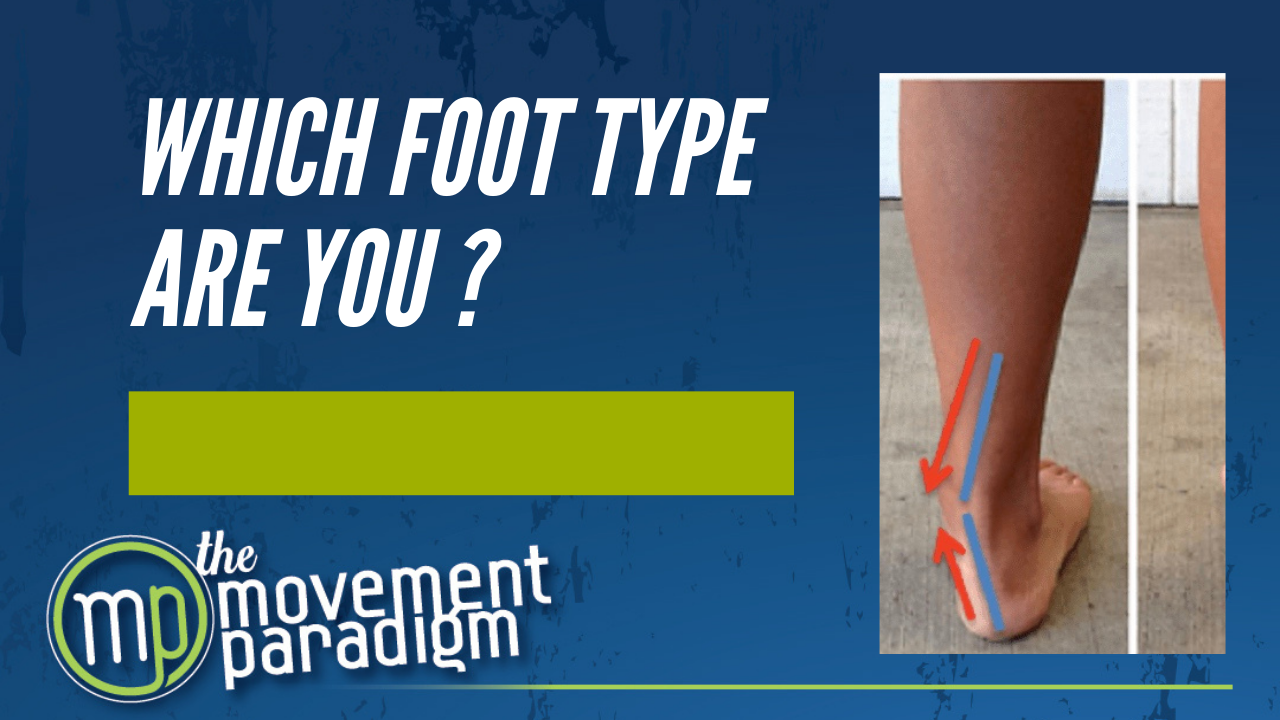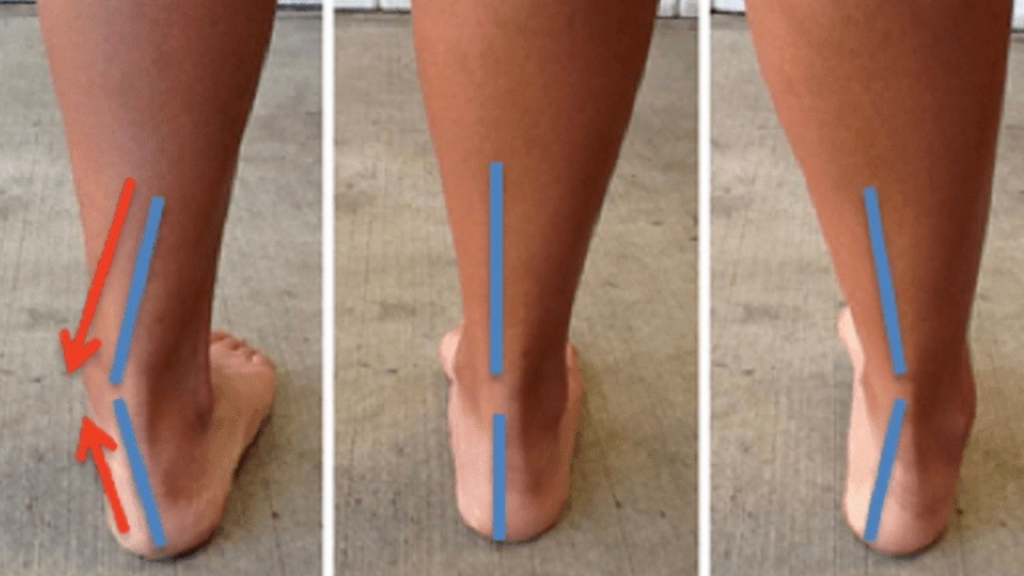Not only is our foot our foundation for human movement, but it is also a powerful neuromuscular structure that gives our brain constant information. This happens through the skin on the bottom of the feet.
Here are seven different ways you can optimize your foot health that can be easily integrated into your daily life.
Rather watch or listen?
What do you need to know about the foot
As I mentioned, from a biomechanical standpoint, we want to think of our foot as our foundation for human movement. If our foot is not stable and does not provide a stable foundation, the rest of your kinetic chain will be affected.
When we think of the foot from the neuromuscular standpoint, we want to think about the skin on the bottom of the foot. We have 104 different receptors, which are actually stimulated by different external stimuli: deep pressure, texture, skin stretch, and vibration.
The information coming in through the skin on the bottom of the feet via these receptors goes to the brain, even passing through the emotional center of our brain.
When we wear shoes and socks, we block this powerful information that’s coming into our nervous system. It is imperative that we focus on stimulating our feet to move, walk, balance, and live better.
7 of the best foot hacks
#1. Foot release
There are lots of different tools that you can use, including rad balls or a neuro ball by Naboso. Hold the ball under the specific points of the foot for approximately 20 to 30 seconds. You can do longer, ensuring there’s no pain. Allow the foot to naturally relax over the ball. This will stimulate some of the receptors in the bottom of the foot that respond to deep pressure and release tension in your feet.
An easy way to incorporate this into your life is to perform this while brushing your teeth or cooking. That way, you’re stimulating your feet, creating more mobility and elasticity, while simultaneously doing something else.
#2. Splay
Use splay in your feet. During the toe-off in your gait cycle, females toes should splay approximately three millimeters; for men, five millimeters. When we wear shoes that have a narrow toe box, it prevents proper splay. This affects the ability of the foot to create a rigid lever to be able to push off from. Ultimately, that’s how we transfer force.
Instead of wearing compressive shoes, which we’ll get into in just a moment, we want to think of trying to create space in forefoot. Try Naboso Splay 30 minutes each night, maybe while you’re relaxing or watching TV; that’s a great opportunity to incorporate this.
If you have a bunion, you’ll want to address that, too. You won’t fix the bunion by using a toe spacer, but you can use something like a bunion spacer between your first and second metatarsal to realign your first toe and bring it in a more neutral position for push-off in your gait cycle.
#3. Naboso insole
Naboso is an evidence-based technology that stimulates the small nerves on the bottom of the feet, specifically the Merkel disc. I highly recommend wearing the insoles for constant stimulation in your shoes.
There are different variations of Naboso insoles. There’s activation performance, neuro, and duo — all of them may be a little bit different based on your needs, but really powerful ways to stimulate your feet while wearing shoes.
#4. Varied surfaces
You can build a rock mat and stand on that while you’re getting ready in the morning. You can get river stones that are a little bit softer; you can also get little pebbles depending on your tolerance and work up a tolerance over time. Walking outside in the grass, on stones, and on different surfaces really allows you to adapt to different stimuli. You can also use Naboso technology mats.
Yoga mats, for example, decreases your balance and stability.
#5. Short foot
Train your feet! Instead of wearing shoes, socks, and orthotics and losing stability over time, you want to train your feet. That can start with slowly increasing your barefoot tolerance, stimulating the feet and allowing them to do what they are meant to do. We can also intentionally train them, which is called short foot.
As you’re performing this exercise, it really is about sequencing the foot to the core. It’s about connecting all of the fascia in the foot and the muscles in the foot all the way up to the pelvic floor, the diaphragm, and the hip stabilizers. It isn’t just simply a foot exercise, but it’s ultimately how we are stabilizing during dynamic movement.
To perform short foot, you start on one leg, and you can place your foot in a neutral position. You can begin with a kickstand, and from here, inhale through the nose, allowing your foot to relax. As you exhale, root the tips of your toes into the ground. This will lift the arch of the foot and the ball of the foot slightly as you perform this exercise.
Once you feel comfortable, then you move up onto one leg and perform the same. You perform approximately eight breaths before you move on.
#6. Footwear
Next is enhancing your natural foot function with proper footwear. Unfortunately, as I said, as it relates to our feet, we tend to block all this powerful information with shoes, socks, orthotics, and cushion.
The shoe should be able to twist just like the foot does. The foot has to spiral. The midsole should bend unless you have some type of forefoot pathology such as great toe arthritis or neuromas.
The more cushion we have, the more impact force we have coming in through our body because we are hitting the ground harder.
More cushion and more support is actually not good despite what the shoe industry tries to push for. You can SLOWLY transition to less supportive shoes as you do more intentional footwork. Ultimately, you want to get to a point where you are enhancing your natural foot function.
#7. Barefoot time
Lastly is increasing barefoot tolerance. If you’re somebody that wears shoes and socks at home all the time, you must go really slow. If you are already barefoot all the time, you’re off to a great start.
Start with about five minutes. Whether you are scared to go barefoot, or your podiatrist told you to never go barefoot, whatever the case may be, go very slowly while building tolerance and a sense of safety over time.
If it’s extremely fearful and scary for you, then you have to respect that. Start with one to two minutes at a time. Keeping all of these nerves stimulated is one of the keys to preventing falls as we age so that we can prevent any kind of major accident as we age.
I could go on and on about feet, but hopefully, these seven hacks were helpful.
If you are interested in learning more about your feet and what your foot needs, then please reach out to us. We are trained through EBFA Global as barefoot rehabilitation specialists.
I hope this is helpful. If it was, please give it a like, share it, and subscribe to our Youtube Channel — The Movement Paradigm — for weekly tips on mindset, nutrition, and movement.
Other things that may interest you:

